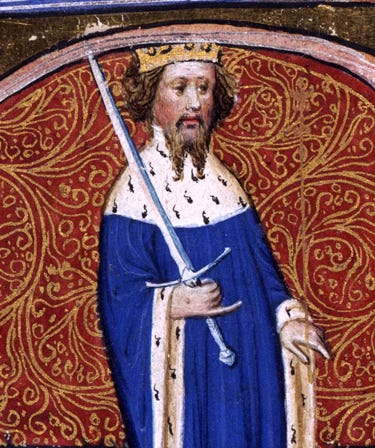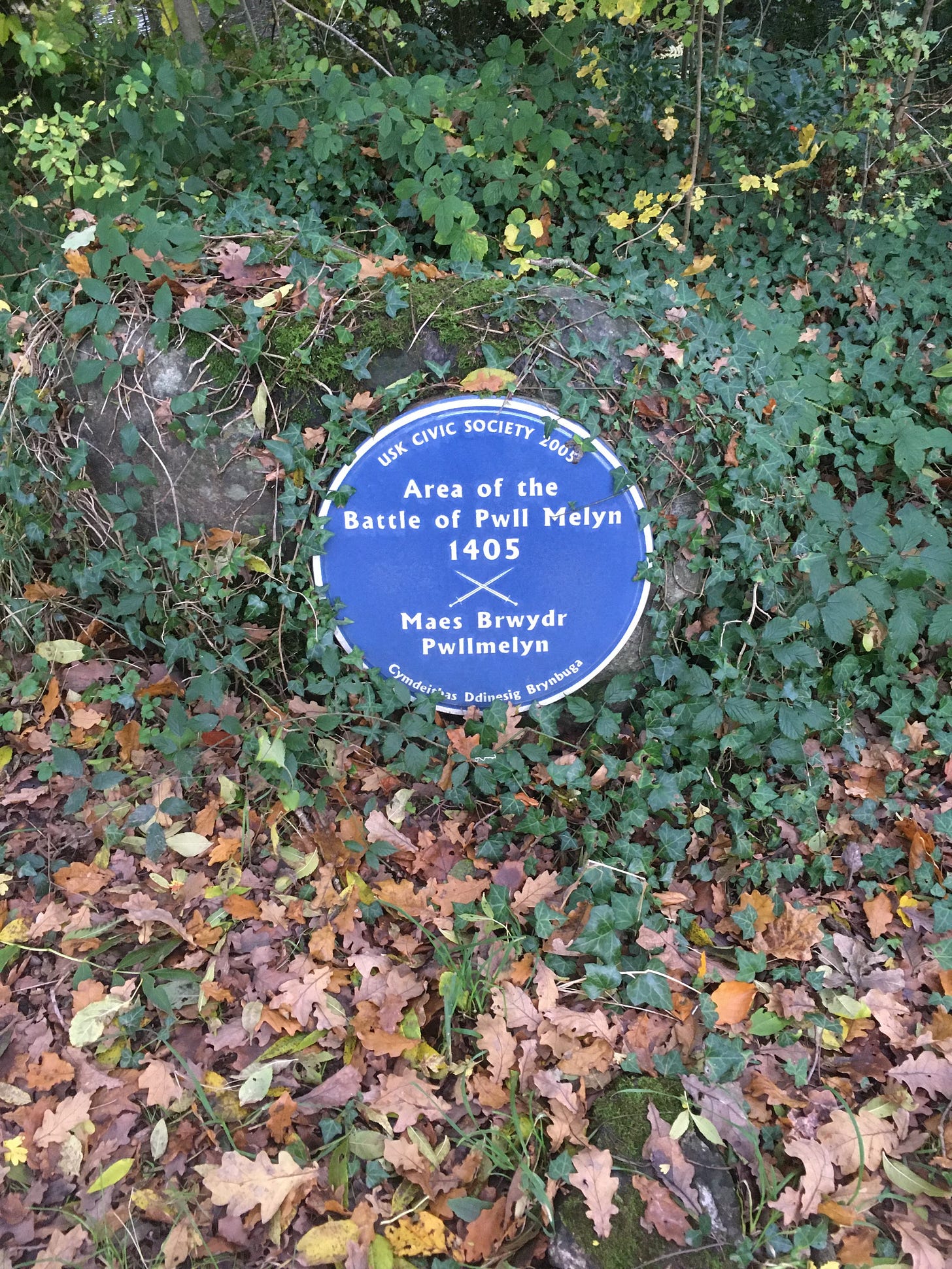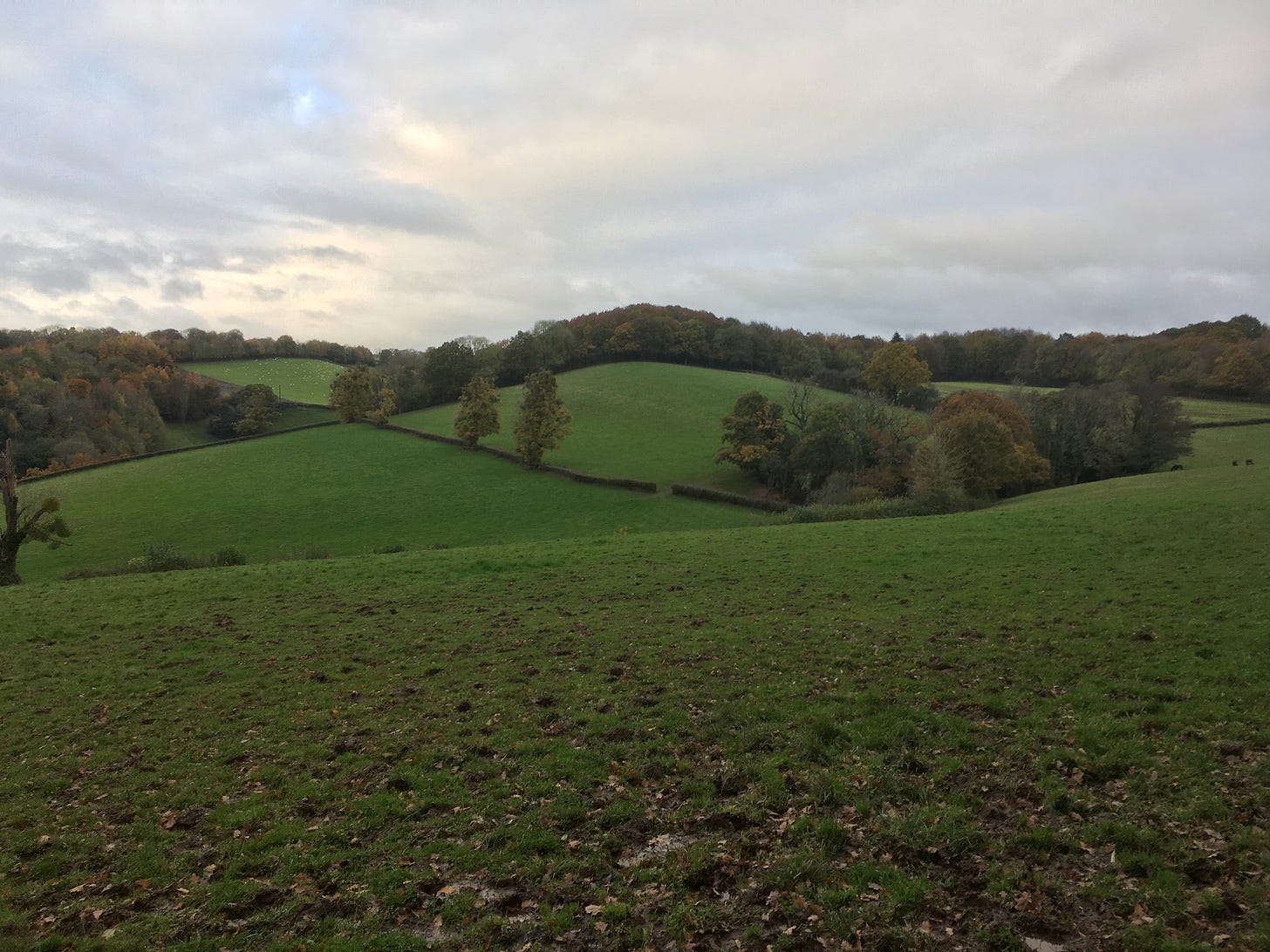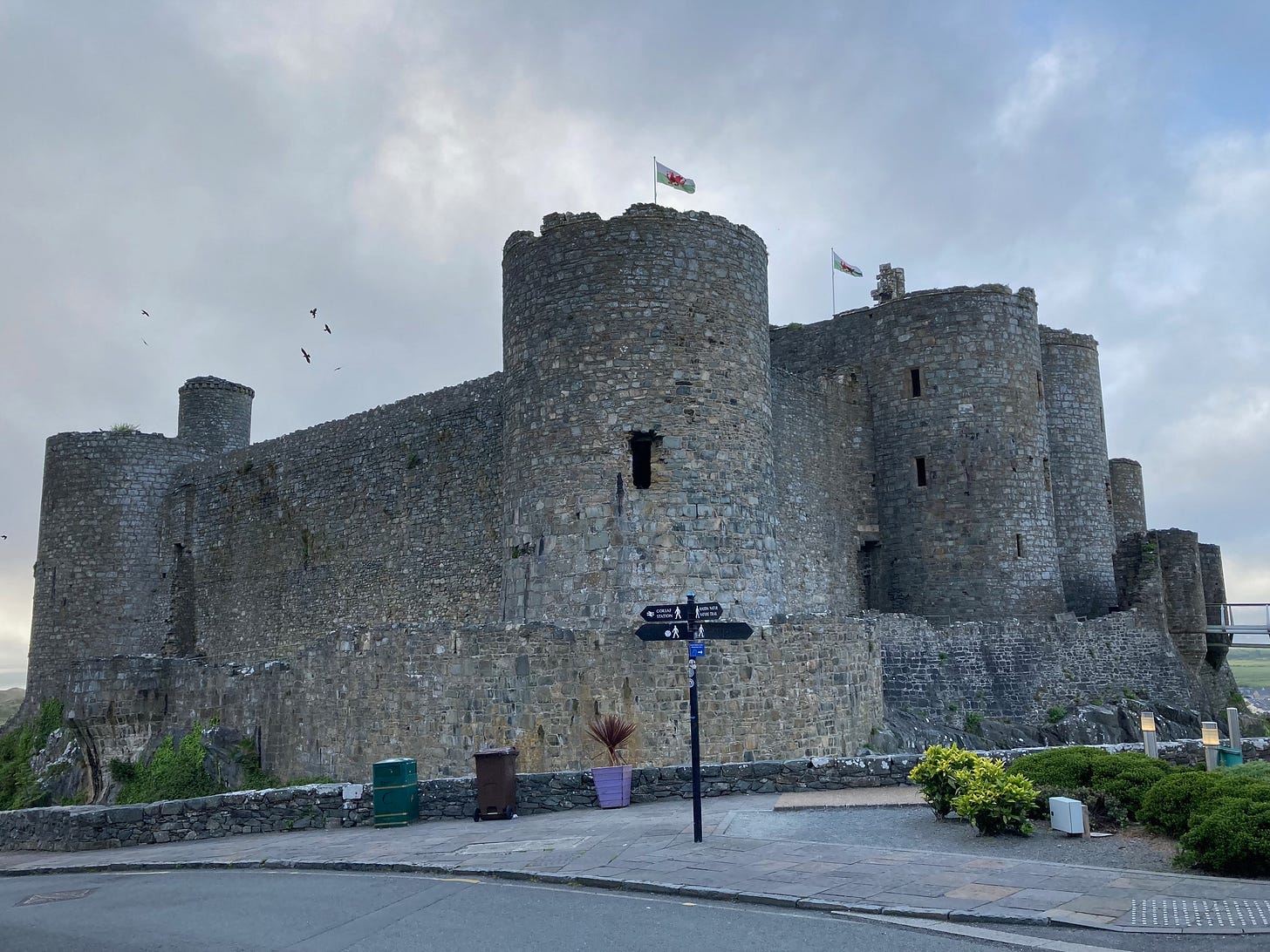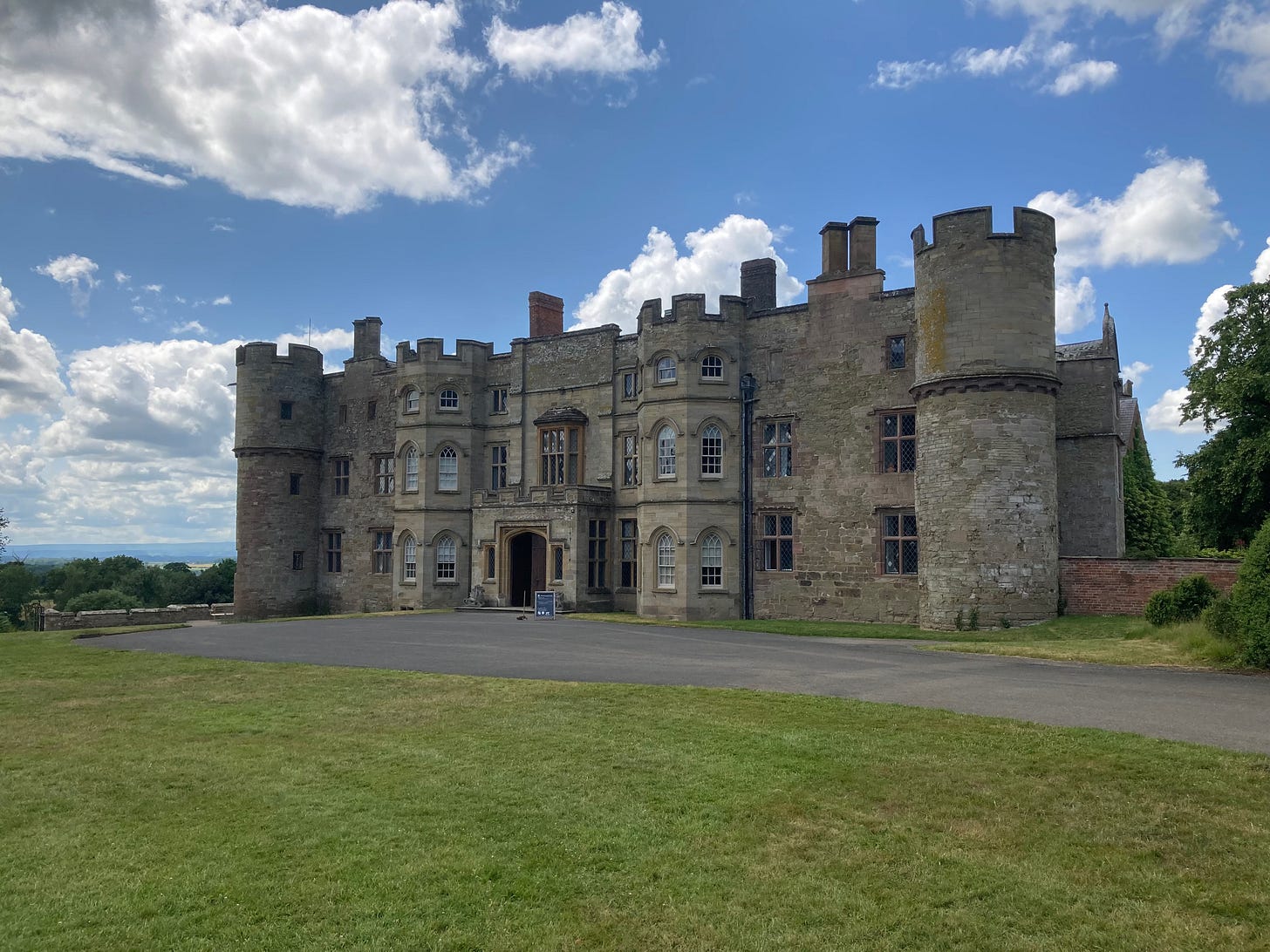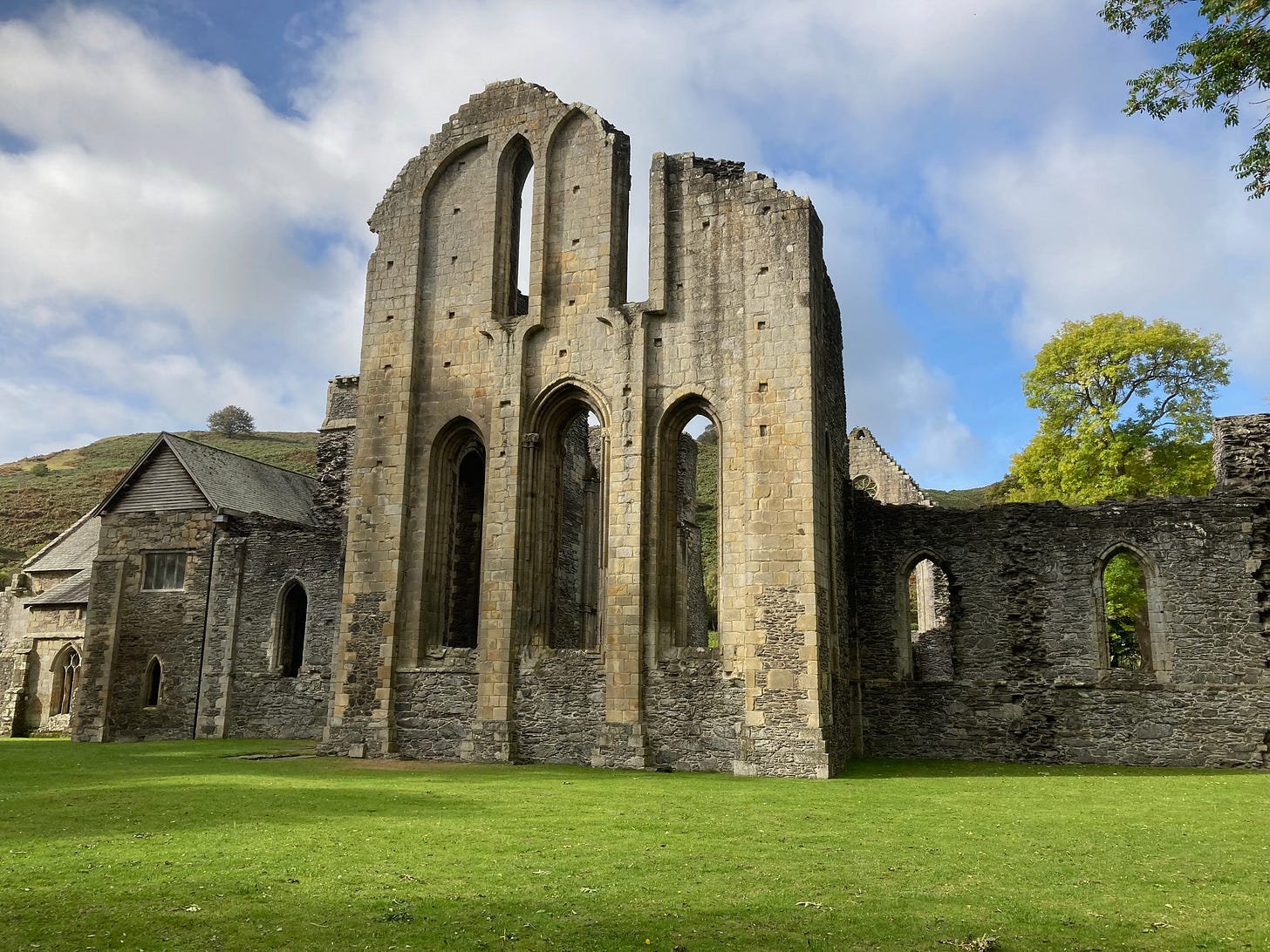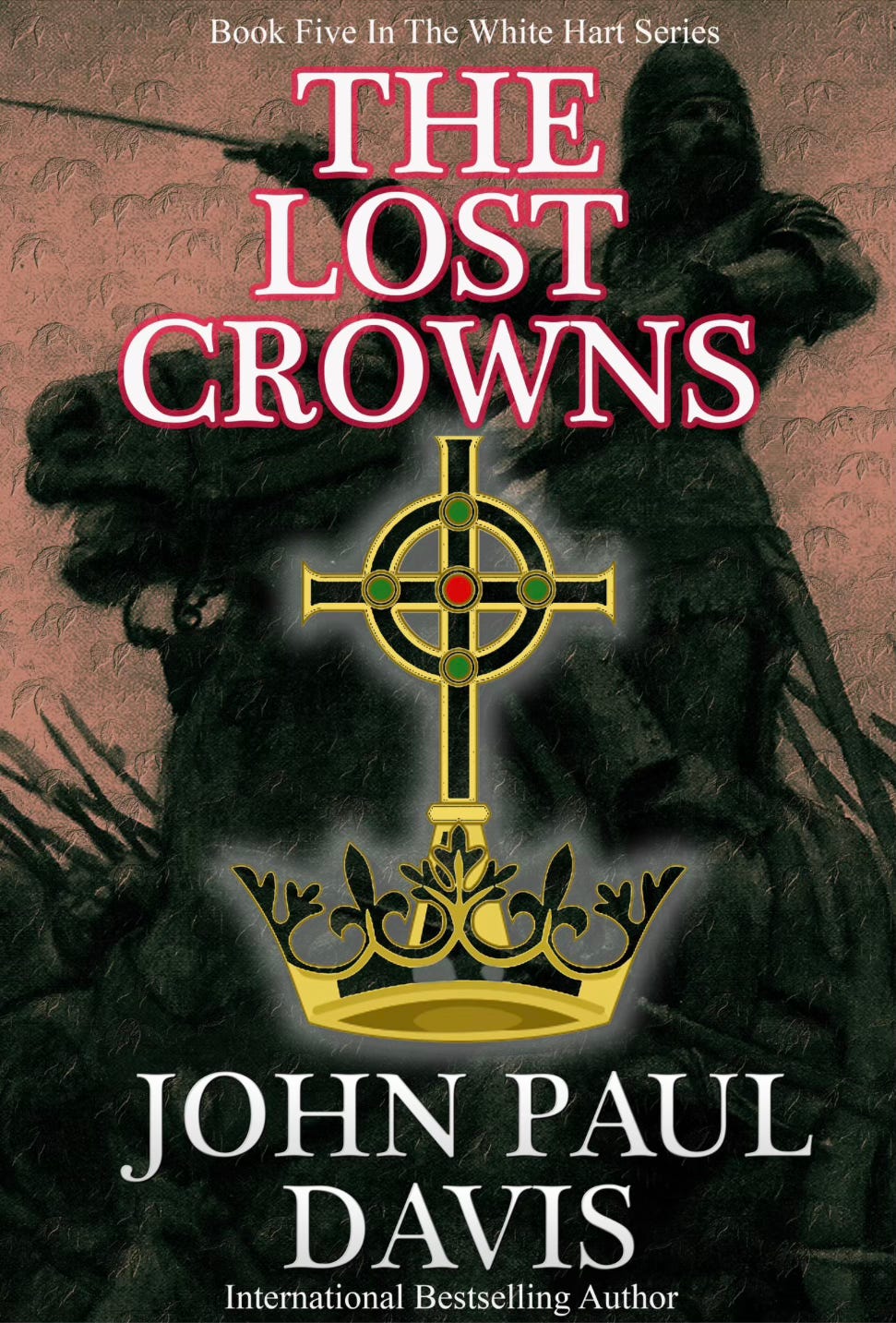‘His grave is beside no church nor under any ancient yew’s shadow. It is in a spot safer and more sacred still. Rain does not fall on it, hail nor sleet chill no sere sod above it. It is forever green with that of eternal spring. Sunny the light on it; close and warm and dear it lies, sheltered from all storms, from all cold or grey oblivion. Time shall not touch it; decay shall not dishonour it. For that grave is in the heart of every true Welshman.’
Such was the view of Owen Rhoscomyl concerning the final resting place of Owain Glyndŵr. For many of Welsh birth or descent, Rhoscomyl’s words require little explanation. Though the location of Glyndŵr’s grave is long lost, in a sense, it has become somewhat immaterial. In the six centuries since his death, his influence on Welsh history and culture has been almost unrivalled, transcending the physical.
His bones may be gone, but his spirit lives on.
Much of Owain Glyndŵr’s story is, of course, well known. Born in Sycarth, Powys, North Wales in 1354, the son of a minor Marcher lord, there is little evidence that he was destined for greatness. A boy of about eleven when his father died, he was fostered by Sir David Hanmer, an Anglo-Welsh justice of the King’s Bench and trained at the inns of court. In time, the aspiring lawyer would marry Hanmer’s daughter, Margaret. Together, they had at least eleven children, many of whom would leave their own mark on history.
How this humble Marcher would turn out to be a timeless, national hero is a story worthy of close study. Despite a typical upbringing, the diligent lawyer was of ancient royal Welsh stock through both parents. On his father’s side, Owain was a descendant of the House of Mathrafal, who had ruled the Kingdom of Powys (arms above) since Roman times. Through his mother, he was descended from the House of Dinefwr, among whose number was Rhys ap Gruffudd (Lord Rhys, 1155-1197), ruler of the ancient Kingdom of Deheubarth in the south. Of similar importance, due to the death of Owain Lawgoch without issue in 1378, Glyndŵr held the senior claim to the throne of Gwynedd through at least two children of Gruffudd ap Cynan (1055-1137). In such ways, one could argue he was uniquely placed to unite the three ancient kingdoms.
Possessed of impressive royal ancestry he may have been, any suggestion that Glyndŵr’s later march to war was inspired by the desire to fulfil any long-established destiny is doubtful. Having spent much of his early life in England, he appears to have developed little xenophobia against the English. In 1384, he lined up among Richard II’s forces against the Scots at Berwick and seemingly enjoyed good relations with the king. Initially, similar was true of the future Henry IV. Things would change, however, following Bolingbroke’s rebellion against Richard II, leading to his becoming king in 1399. Concurrent to Glyndŵr’s opposition to Henry IV’s usurpation and recent anti-Welsh legislation in the English parliament of 1400, Owain’s call to arms stemmed more from a land dispute with his neighbour Baron Grey de Ruthin. As the feud escalated following an unsuccessful petition to parliament, Grey dallied in passing on the royal command to levy troops to border service, technically making Glyndŵr guilty of treason. On being deprived of his lands, he raised the flag of rebellion on 16 September 1400 and took to arms.
For over a decade, Owain proved to be a significant thorn in Henry IV’s side. Victorious at the Battle of Bryn Glas in 1402, he took several of Edward I’s castles in the north, notably Harlech (see below), in early 1404, which he used as his headquarters. Despite his impressive start, the death of key ally Sir Henry Percy (Hotspur) at the Battle of Shrewsbury in 1403, followed by successive defeats at Grosmont and Pwll Melyn (above) in 1405, ensured the turning of the tide. The short-lived alliance with Sir Edmund Mortimer and Henry Percy, 1st Earl of Northumberland, dubbed the Tripartite Indenture, failed to survive 1405. Within a year, what remained of his French allies left for home. Though the resilient Prince of Wales successfully pursued guerilla warfare for three long years, the hammer blow fell in 1409 with the loss of Harlech. Legend says he escaped the castle disguised as a peasant when the English granted the old and infirm passage.
What became of Glyndŵr following the fall of Harlech remains one of the great mysteries of Welsh history. Reports of a successful raid into Shropshire the following year before capturing Dafydd Gam in 1412 appear historical. Yet any evidence he was seen alive after that is difficult to authenticate. One contemporary account tells that he disappeared in 1415 on St Matthew’s Day. The chronicler Adam of Usk suggests he died shortly after the Battle of Agincourt that same year, buried and reburied when the English learned of his burial. Though the chronicler offers no clue concerning the grave’s location, the story may connect with another tradition that Glyndŵr arranged a fake burial for himself at the church of Llanrhaeadr-ym-Mochnant near the Berwyn Mountains in North Wales.
Further to the musings of the chroniclers, the number of local traditions is seemingly endless. Among the most popular are that he died in a forest in Glamorgan or a cave in Gwent. Another states that he escaped in the guise of a hooded figure holding a sickle. Some say he was laid to rest in Herefordshire on Hope Hill. Others, the Golden Valley. Of particular interest are claims that he spent his final days with the families of his impressive daughters. Herefordshire legend speaks of him frequenting a deer park in Kentchurch Court, property of his daughter Alys and son-in-law Sir John Scudamore, in the summer of 1414. Another tells that he held out in the attic of Croft Castle (below), the property of his daughter Janet and her husband, Sir John Croft, allowing him to commute between there, Kentchurch and another daughter’s home at Monnington.
Perhaps the most romantic theory is that he was interred near Valle Crucis Abbey (see below) in the company of his forebears, notably Madog ap Gruffudd Maelor, Prince of Powys Fadog (circa 1191-1236). An alluring legend from the 15th century tells that the Abbot of Valle Crucis was out walking one morning, only to chance upon Owain’s ghost. On being told, “You’ve risen too early this morning,” the abbot responded, “No, it is you who have risen too early, by a hundred years.”
We may never know the exact truth of what became of Owain Glyndŵr. That the location of his grave was a mystery in his own time seems to confirm that knowledge of his whereabouts was limited to a select few. This being said, accepting certain likelihoods seems reasonable. An expert in guerilla warfare, concluding that he sought shelter in caves and lived mainly under the radar is highly likely. Though the stories of being reburied or living out his final days with his daughters have a certain romanticism, it begs many questions. If the English did discover his place of burial, why not exhume it and put his body on display for all to see? Likewise, how did his family maintain such a convincing pretence when their homes were undoubtedly closely watched? The lack of mention of him in 1421, when his son Maredudd accepted a royal pardon from Henry V, likely offers evidence he had passed by then. By this time, he would have been over sixty.
Lost from history the grave of the last native-born Prince of Wales may be, it speaks volumes of his character that a man whose first forty years passed so uneventfully could rise to such heights. In such ways, Rhoscomyl’s words seem particularly appropriate. Like King Arthur and Lleu Llaw Gyffes, Owain Glyndŵr has become more spirit than man. Perhaps in so doing, he really has satisfied the criteria of the Mab Darogan, or son of prophecy. Or maybe the lack of grave may yet prove his greatest legend true. That he sleeps yet never dies. Ready to awaken in the hour of Wales’s great need.
The story of Owain Glyndŵr’s lost grave is central to my latest thriller, The Lost Crowns, book 5 in the White Hart series. The book is available for purchase on Amazon for the introductory price of £0.99 and $0.99.





